Free Tropical Runtz seeds on orders over $150!
Like any other plant, cannabis seeds are susceptible to pests, fungal diseases, viruses, and various adverse effects on harvest cannabis quality and size. Unfortunately, unskilled producers frequently find it difficult to accurately describe the cannabis stress signs such as nutrient deficiency, pests, molds, and water problems. Numerous things can go wrong in a cannabis garden, resulting in moisture stress. This condition happens when the water level inside the plant’s cell is either too high or too low to allow proper function. As a result, it is simple to misidentify it, preventing you from providing the appropriate treatment.
The main issue that most growers have with moisture stress is how easily it can be confused with other conditions. To point you on the right track, you need to understand overwatering cannabis symptoms and their causes. You raise your chances of finding the exact remedy to save the plants.
Plants stressed by moisture must devote more energy to recovering from the trauma, leaving them less energy to grow and produce buds. This is particularly true of plants that have been overwatered. Plant roots are deprived of sufficient oxygen when soil becomes waterlogged. Everything from plant respiration to nutrient buildup is affected by this. Many gardeners wrongly believe that introducing fertilizer, plant food, or compost to the soil will help with stunted growth, but this will not fix the problem if the plants become waterlogged. If you don’t allow enough time for the soil to dry out, the crops may cease growing entirely and fail to produce a single bud.
Underwatered cannabis plant leaves that aren’t getting sufficient water will cup at the edges. The leaves may burn if dehydration is combined with high heat, resulting in brown or copper-colored spots and brittleness. This makes it similar to cannabis heat stress. The leaves of a healthy plant should be evenly green and smooth to the touch, with no cupping upward at the edges. The roots of a plant will be harmed by a combo of underwatering cannabis and excessive heat. They’ll shrink and lose their ability to absorb water and nutrients. Most producers can’t see the roots of their plants unless they’re growing in hydroponic cannabis systems, which don’t generally have moisture stress issues.
Because water helps the plant stay upright, dehydration causes drooping cannabis leaves and stems. A lack of water makes it difficult for the plant to produce its food. If this continues for several days, the crop will become weak and prone to cannabis pests and diseases. It would help if you remembered that too much moisture causes drooping cannabis plants. The texture of the cannabis leaves makes a difference. Overhydration makes them limp and wrinkly, whereas dehydration makes them hard and crumbly.
Now that you have acquired a better understanding of what to look for, it’s time to learn how to revive a cannabis plant from these moisture stress issues. These alternatives are inexpensive and straightforward, but they necessitate a fundamental knowledge of how plants absorb water and nutrients and grow.
While plants require water to survive, overwatering can be just as harmful to their health as underwatering. Overwatering causes root rot and deprivation of oxygen in cannabis plants. Moreover, pay close attention to overwatering cannabis symptoms, mainly since it’s easy to mess it up. Waterlogged soils are also more susceptible to other issues such as mold growth, algae progression, and fungus gnats. Conversely, thirsty plants will also show signs of cannabis moisture stress.
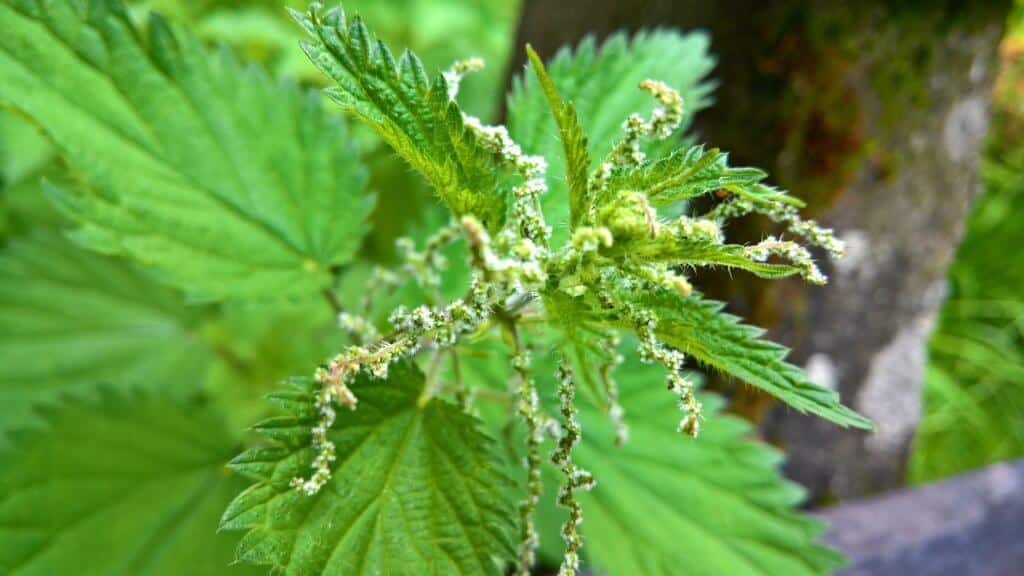
How do you know they’re craving water? The plant leaves touching the ground cannabis is one indicator. Watering schedules aren’t enough for outdoor growers. They must learn how to assess the moisture content of their soils. This process differs slightly for container farmers and those who grow in raised beds or directly in the ground.
Too much light has no direct effect on plant moisture, but it does go hand-in-hand with high heat. As a result, you can avoid water stress by adjusting the amount of light your crop gets. Indoor producers must be concerned with more than just watering cannabis routinely. If you are growing cannabis indoors, keep the grow lights a safe distance from the plant’s tops. Then, use rotating fans to distribute the heat from the light uniformly throughout the room. Certainly offer shade for the plants outside to protect them from the blazing sun.
Hot temperatures are one of the most severe problems a cannabis farmer may face. This is because it is the leading cause of water loss in plants. Indoor growers must develop an effective ventilation system that maintains the proper temperatures throughout the growing cycle. Outdoor gardeners have less temperature influence, but that doesn’t imply they can’t protect their plants from heat-induced moisture stress. Begin by acquiring high-quality cannabis seeds and cannabis strains resistant to high heat. Also, when growing cannabis in a hot climate, keeping the plants watered and shaded is essential.
When there are too many soil nutrients, salts form that stick to the roots and minimize water uptake. Furthermore, it affects the pH balance of the soil, making it difficult for the plant to absorb minerals. While it is clear that you can use nutrients to grow large buds, remember that less fertilizer is better for the plants. As a result, this rule assists you in avoiding the disastrous consequences of giving too much. Only give half of the recommended dose at the bare minimum frequency when beginning a new plant food. Also, keep an eye on the plant’s reaction to address any issues as soon as possible.
It’s a mistake to believe that watering the plants more frequently will fix any moisture stress issue. Overwatering is just as harmful as underwatering, and the consequences can be even worse. The first step in assisting cannabis plants to recover from moisture stress is identifying the source of the problem. Because water stress occurs when there is insufficient or excessive water, the causes are usually found in the garden. You can restore the plants’ health by identifying them and applying suitable alternatives. You can act quickly and treat the plants before it is too late with the correct diagnosis. The key is to keep the plants well-watered and away from direct sunlight. Preserve proper light, water, nutrients, and grow tent temperature levels for optimal outcomes.
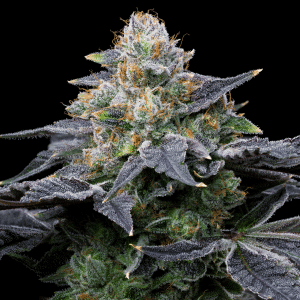
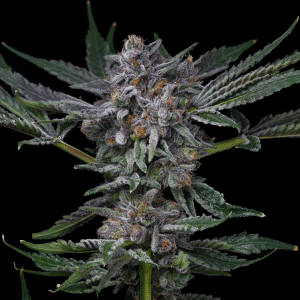
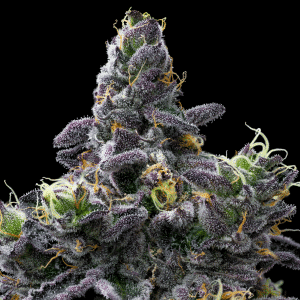
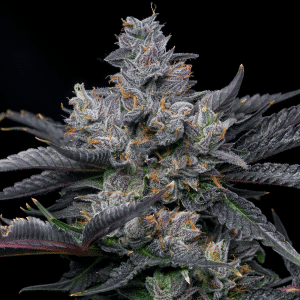
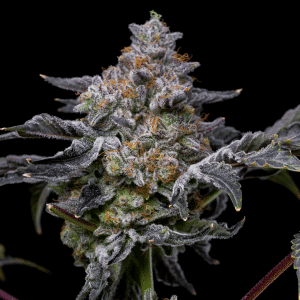
Offers
This product is not for use by or sale to persons under the age of 18. This product should be used only as directed on the label. It should not be used if you are pregnant or nursing. Consult with a physician before use if you have a serious medical condition or use prescription medications. A doctor’s advice should be sought before using any hemp products. All trademarks and copyrights are property of their respective owners and not affiliated with nor do they endorse this product. These statements have not been evaluated by the FDA. This product is not intended to diagnose, treat, cure or prevent any disease. By using this site you agree to follow the Privacy Policy and all Terms & Conditions printed on this site. All products contain less than 0.3% Cannabinoid-compliant with applicable Federal Laws. Please make yourself aware of any and all applicable laws regarding hemp in your jurisdiction. Premium Cultivars accepts no liability or responsibility regarding germination laws in any specific locale state or national jurisdictions.THCA products are not available for shipment to the following states: Hawaii, Idaho, Minnesota, Oregon, Rhode Island, Utah, Vermont *Note: Products with Total THC content above 0.3% must not be shipped to these states.
We want to help you get your hands on the seeds you want, take 20% off your next purchase when you enter your email below!
We want to help you get your hands on the seeds you want, take 20% off your next purchase when you enter your email below!